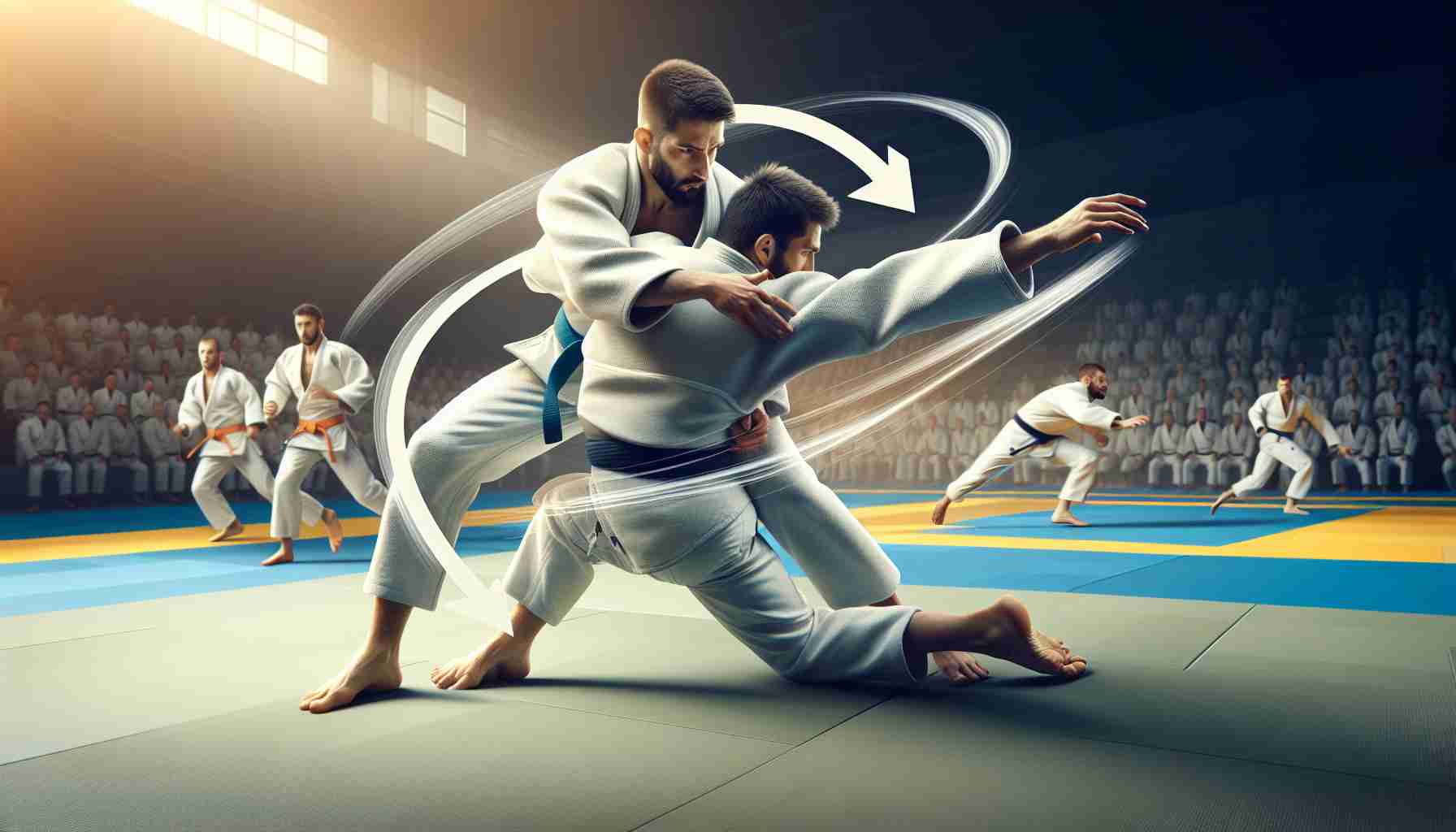
Understanding the Updated Rules of Judo Throw
Many are puzzled by the absence of a waza-ari, but the reason behind it lies in the evolution of judo regulations. Recently, a significant change has been made regarding the legality of a particular throw in judo competitions. Rather than focusing on specific penalties, the emphasis has shifted towards ensuring fairness and adherence to the modified rules.
The ‘reverse Seoi Nage’ throw technique has been deemed illegal in recent years due to safety concerns and fairness in gameplay. Previously permitted, this maneuver is now restricted to prevent any potential harm or unfair advantages for either competitor. The dynamic nature of sports rules necessitates constant updates to maintain integrity and safety within the judo community.
It is crucial for athletes and spectators alike to stay informed about the latest rule adaptations in judo. By staying up-to-date with these modifications, participants can enhance their skills and strategize effectively within the framework of the revised regulations. Ultimately, these changes aim to elevate the overall competition standards and promote sportsmanship among judo enthusiasts worldwide.
Understanding the Updated Rules of Judo Throw: Enhancing Safety and Fairness
In addition to recent changes regarding the legality of specific judo techniques, there are other crucial aspects of the updated rules that impact competitors and spectators. Let’s delve into some essential questions and information related to this topic:
What are the most significant questions surrounding the updated rules of judo throws?
One crucial question is how the revised regulations affect the overall dynamics of judo competitions. Understanding whether certain techniques have been completely banned or modified can significantly influence a competitor’s strategy and training approach. Additionally, clarity on how these changes are enforced by referees is vital for both athletes and fans.
Key challenges or controversies associated with the topic:
One challenge linked to the updated rules is the potential difficulty for seasoned judo practitioners to unlearn or adapt their techniques to comply with the new standards. This adjustment period could lead to frustration and discrepancies in performance during the initial phases of implementation. Furthermore, controversies may arise regarding the consistency in applying the rules across different levels of competition and among referees.
Advantages and Disadvantages:
An advantage of the updated rules is the prioritization of safety and fairness in judo matches. By restricting risky techniques like the ‘reverse Seoi Nage’ throw, the sport aims to reduce the likelihood of injuries and maintain a level playing field for all participants. Moreover, the emphasis on adaptability encourages athletes to enhance their versatility and creativity within the boundaries of the revised regulations.
However, a disadvantage could be the potential impact on the traditional techniques and strategies that athletes have honed over time. Adapting to new rules may require significant retraining and adjustment, which could pose challenges for competitors, especially those deeply ingrained in certain techniques.
For further information on judo regulations and updates, you can visit the official website of the International Judo Federation at www.ijf.org. Stay informed about the latest developments to navigate the evolving landscape of competitive judo effectively.

















